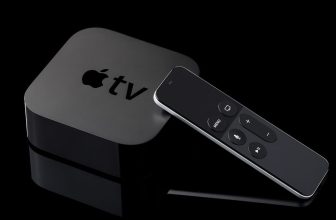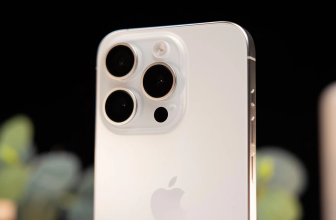Galaxy XR: Samsung and Google Launch the First Android XR Headset
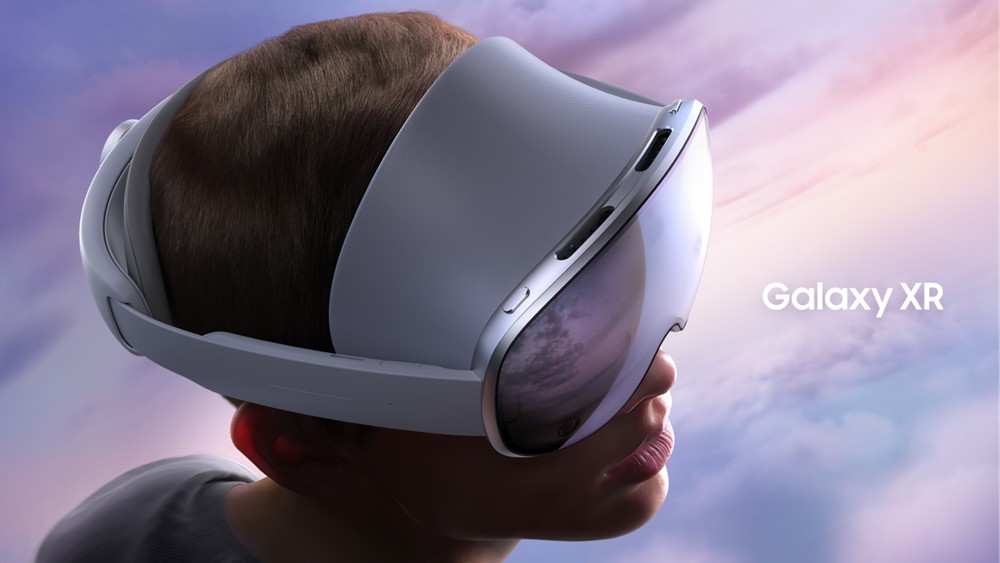
Samsung has unveiled the Galaxy XR, its first mixed-reality headset developed in partnership with Google and Qualcomm, marking one of the most ambitious joint hardware launches in years. The device represents a pivotal moment for both companies — and for Android as a platform — as it introduces Android XR, a completely new operating system designed from the ground up for immersive computing.
Unlike previous VR headsets that primarily focused on gaming or entertainment, the Galaxy XR aims to bridge multiple worlds: productivity, creativity, communication, and entertainment — all within a single environment. With its advanced eye-, hand-, and voice-tracking capabilities, users can seamlessly interact with virtual elements or maintain full awareness of their physical surroundings thanks to high-fidelity passthrough cameras.
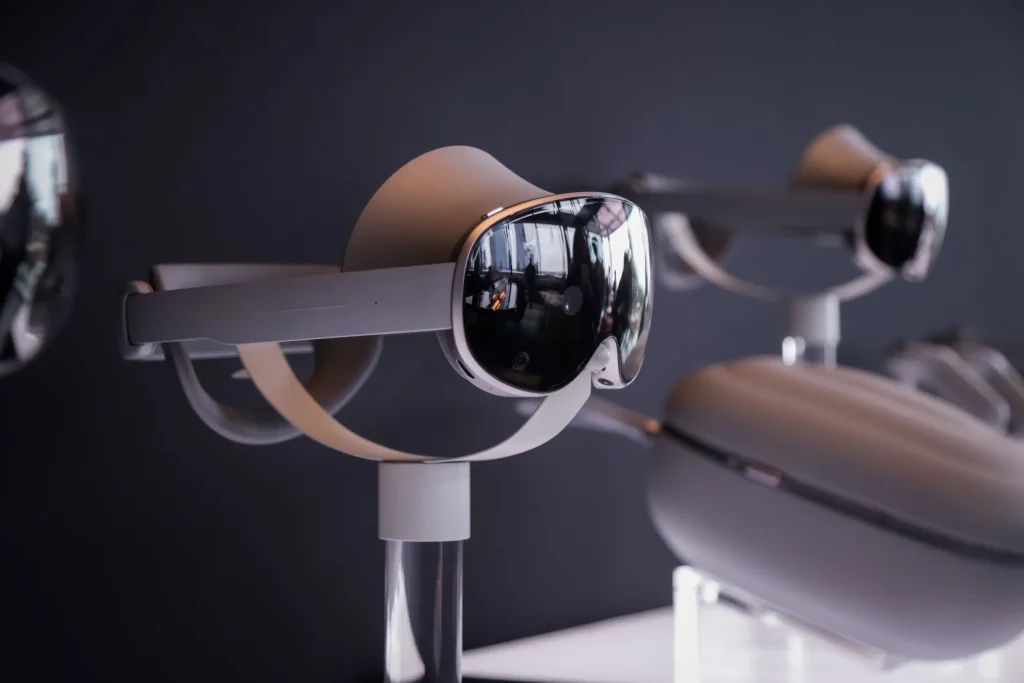
Samsung and Google envision the Galaxy XR not just as a headset, but as a gateway to spatial computing — a future where screens disappear and digital content integrates naturally into the real world. They describe this launch as a milestone that redefines how users connect, work, and experience media, combining Samsung’s display and hardware expertise with Google’s AI-driven software ecosystem.
Together with Qualcomm’s cutting-edge XR2+ Gen 2 chipset, the Galaxy XR delivers the power, visual clarity, and responsiveness needed for next-generation mixed-reality experiences — signaling the start of a new phase for Android in the immersive technology space.
Premium Specs at a Lower Price Point
With a price tag around $1,799, the Galaxy XR positions itself as a serious alternative to Apple’s Vision Pro while remaining notably more affordable. It’s equipped with dual 4K micro-OLED displays, the Snapdragon XR2+ Gen 2 processor, 16 GB RAM, and 256 GB of internal storage. Support for Wi-Fi 7 and Bluetooth 5.4 ensures smooth wireless performance, while its design emphasizes reduced weight and long-wear comfort. Google’s Gemini AI assistant is deeply integrated, offering context-aware help that responds to what the user sees and does in real time.
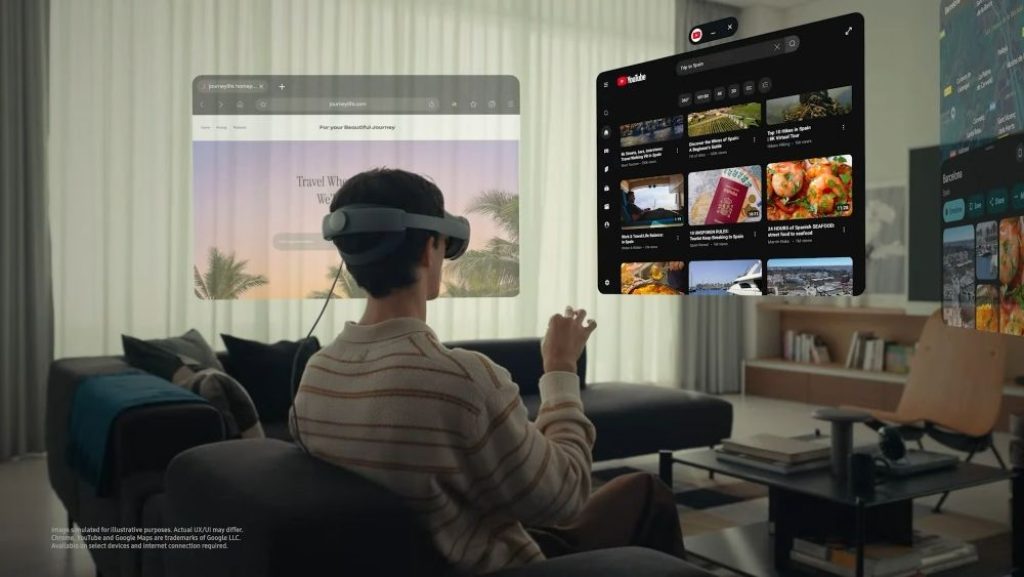
Openness as a Strategic Advantage
Unlike Apple’s closed ecosystem, the Galaxy XR embraces openness from the start. Android XR supports OpenXR and WebXR standards, meaning developers can adapt existing Android and Unity apps with minimal effort. The goal is to create a flexible, accessible platform for both entertainment and productivity, giving users the freedom to connect across devices and services. This collaborative approach between Samsung, Google, and Qualcomm could be the foundation of a broader XR ecosystem.
Competing with Apple’s Vision Pro
The launch directly targets Apple’s premium Vision Pro, which costs nearly double. While Apple focuses on a tightly integrated experience with macOS and iOS, Samsung and Google are betting on accessibility, interoperability, and price. The Galaxy XR may not yet match Apple’s display fidelity or ecosystem polish, but its open foundation and cross-platform compatibility could prove decisive for wider adoption.
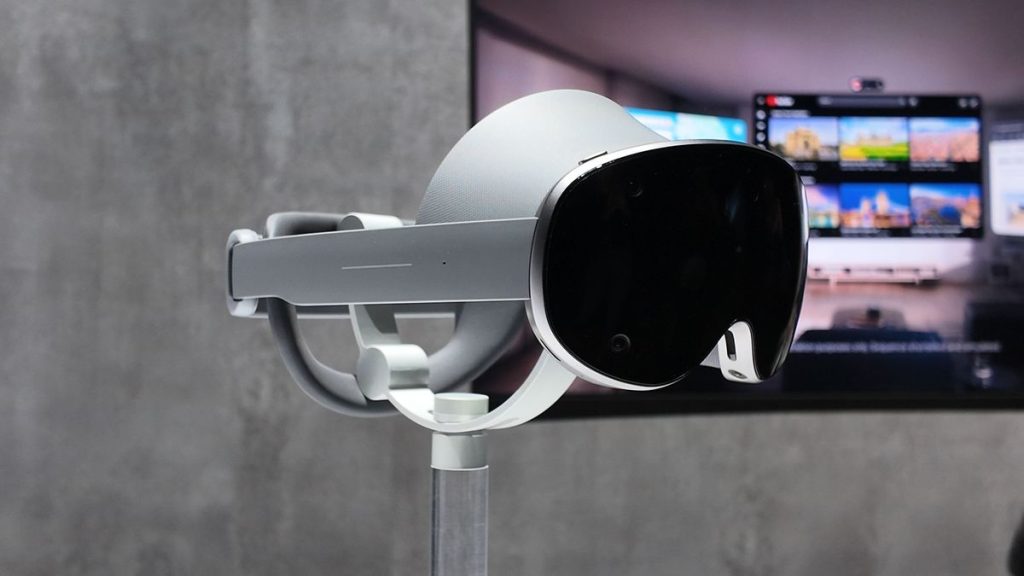
Core Specifications
- Displays: Dual 4K micro-OLED panels with 120 Hz refresh rate
- Processor: Qualcomm Snapdragon XR2+ Gen 2
- Memory: 16 GB RAM
- Storage: 256 GB internal
- Connectivity: Wi-Fi 7, Bluetooth 5.4, USB-C
- Tracking: Inside-out tracking with hand, eye, and voice input
- Audio: Spatial sound with adaptive ambient passthrough
- Operating System: Android XR with integrated Gemini AI assistant
- Weight: Approx. 600 g (optimized for long sessions)
- Price: Around $1,799 USD
Looking Ahead: From Headsets to Smart Glasses
Early testers note that despite its lighter build, the Galaxy XR remains a substantial headset—still not something most users would wear outside. Both companies have hinted at smaller, glasses-like XR products already in development, which could arrive as technology matures. These would represent the next step in making XR a part of daily life rather than a niche experience.
Conclusion
The Galaxy XR is more than a new gadget—it’s a declaration of intent from Samsung and Google. By combining premium hardware, integrated AI, and an open software ecosystem, they are positioning themselves to reshape the XR landscape. The race toward mainstream mixed reality has truly begun, and the Galaxy XR might be the most significant step forward yet.

